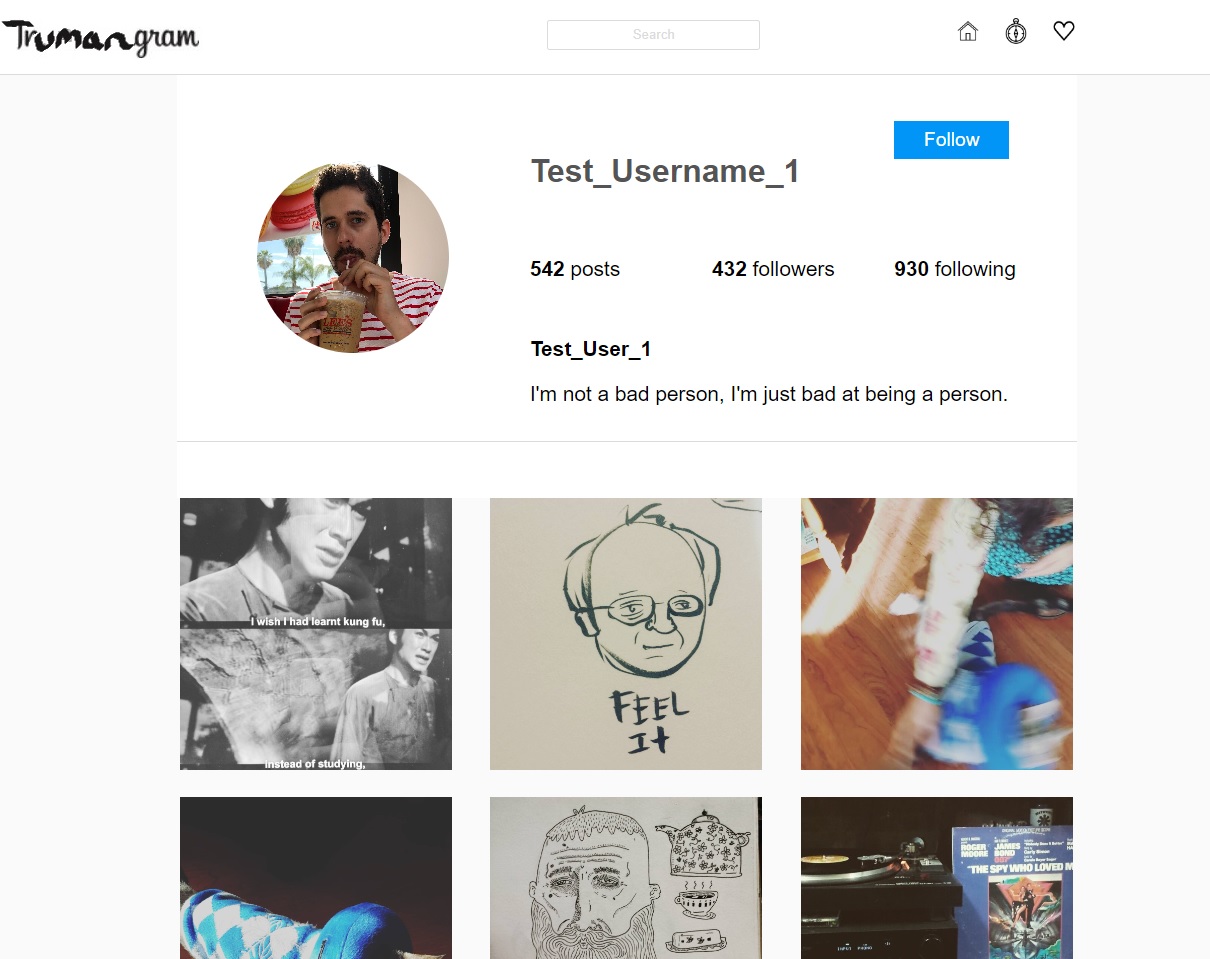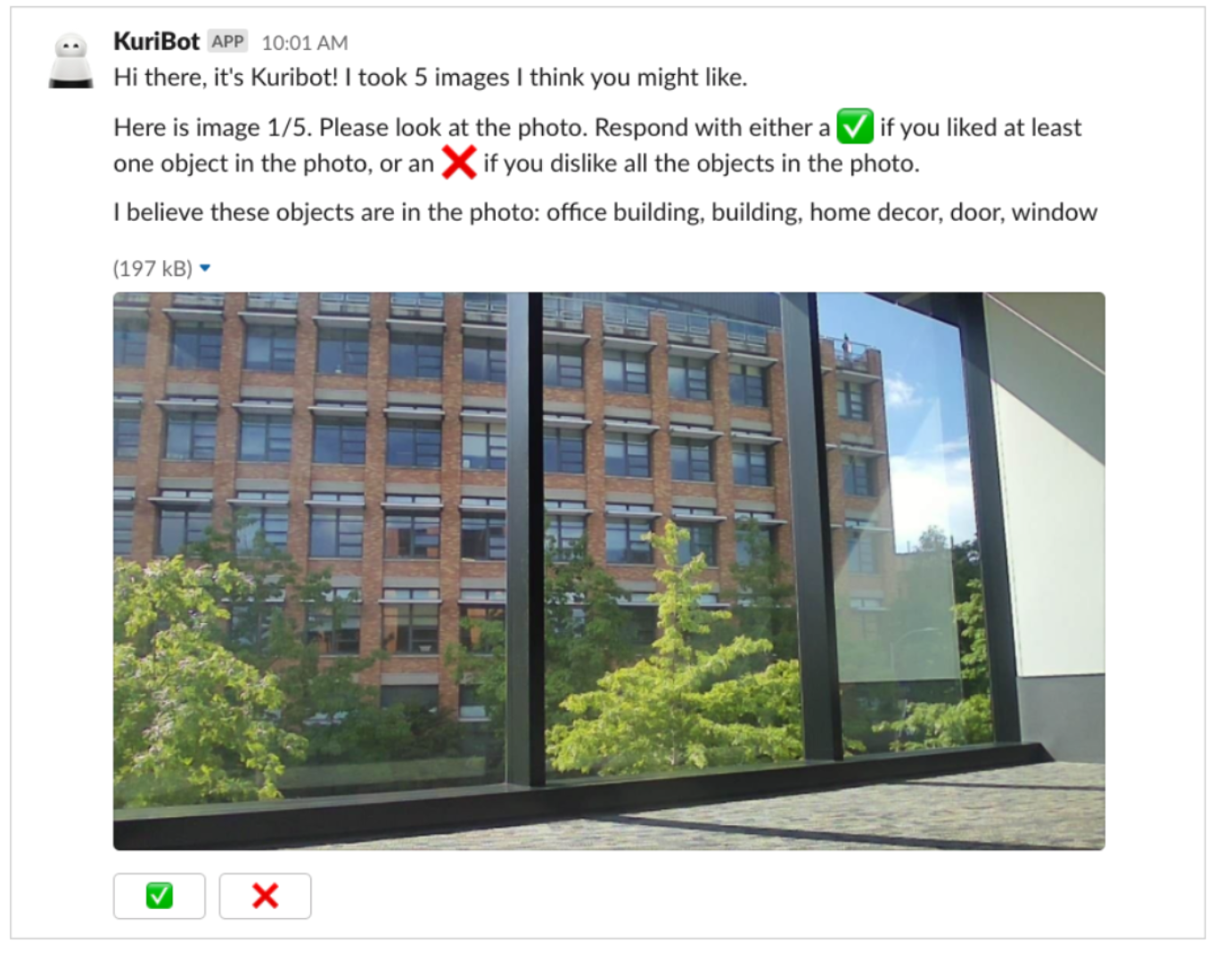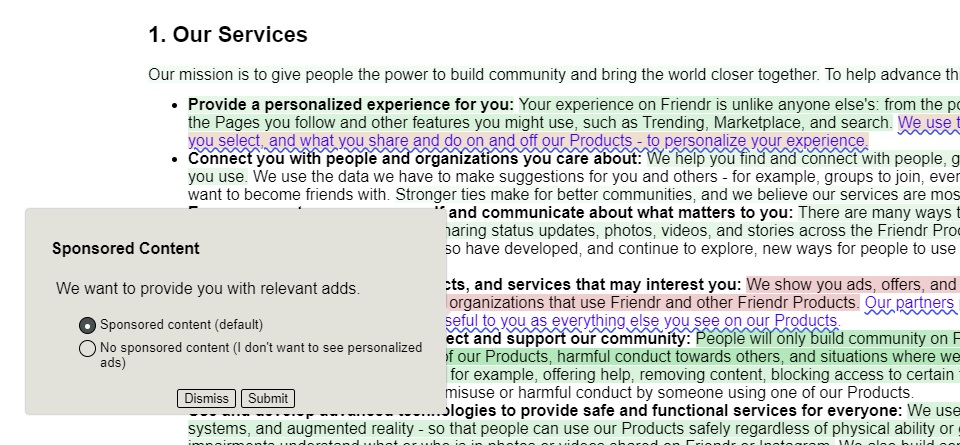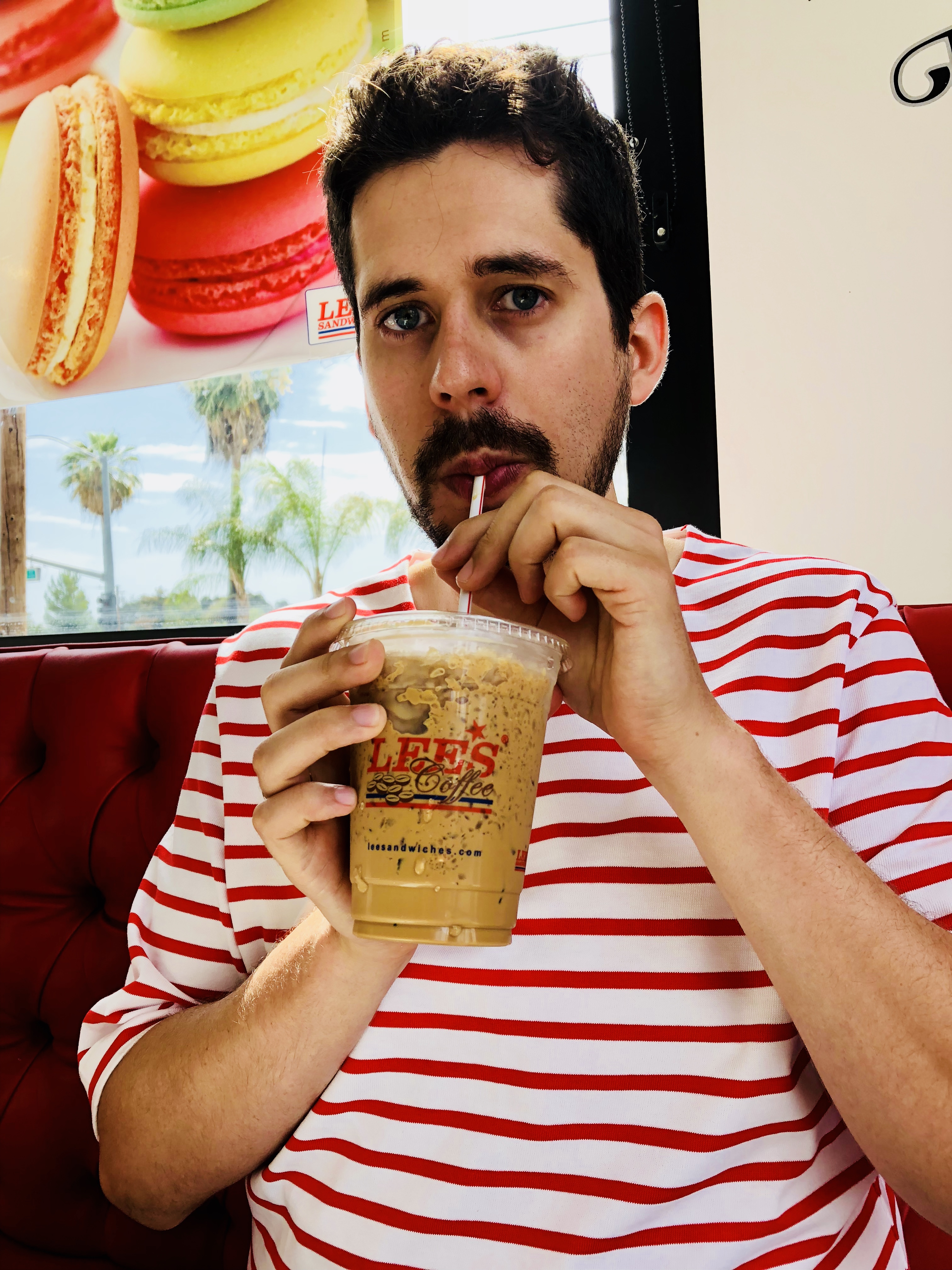Current research
TrumanGram: Understanding How People Interpret Personality Through Instagram Profiles

- This is a two part project, with part 1 being a qualitative study examining how people present themselves on Instagram.
- Part 2 is a simulation of Instagram that I built, to understand how other people interpret Instagram profiles
- Work is still ongoing, but you can take a look for yourself! here
Not All Who Wander Are Lost: A Localization-Free System for In-the-Wild Mobile Robot Deployments

- I worked with Ph.D. students at University of Washington to develop and deploy a scenario to trial a wandering based style of movement for mobile robots
- See the paper here.
Cats, Kids, and Video Calls: How Working from Home Affects Media Self-Presentation

- We asked students pre-COVID-19 how they present themselves on video calls. We then compare to how students and office workers are now using video calls during COVID-19 in order to investigate changes in self-presentation
- Version of Record here.
Lo-Fi Beats and Parasocial Relationships

Masks: A Simulated Social Media

- I've created a simulated social media using the Truman system detailed here.
- Based on research on how people exhibit OCEAN traits on social media, I've attempted to create personas for each pole of OCEAN traits. The goal of the simulation is to identify which users have which "masks".
- If you are curious and want to try for yourself, visit here!
Changed Personality on Social Media:
- We investigated people's perceptions of self in social media using personality. We first compared offline and Facebook traits on the OCEAN personality scale and found that on Facebook, people were less Neurotic, Open, and Agreeable.
- A second study compared Facebook, Snapchat, and offline traits and found that Facebook was still less neurotic and Open than offline, but Snapchat was more Extravert than either and more Open than Facebook.
- These differences seem to be drawn from affordances of the media. For example, people's anxiety about social judgment leads to the curation of online social media posts to appear less Neurotic. Also, one of the unique aspects of Snapchat (the transience of the posts) promotes higher Extraversion.
We have also expanded into Instagram, comparing real Instagram accounts ("Rinsta") with fake Instagram ("Finsta") accounts. We found that personality differences between the different types of accounts and linked these to audience and self-presentation differences between the two types of accounts
Terms of Service
- Terms of Service documents are notoriously long, boring, and overall difficult to read. We've tested different designs that identify potential areas of interest while reading, and that add interactivity to the binary accept/reject choice of Terms of Service.
- The first design is using a user generated heat map of sentiment in order to help readers better understand a Terms of Service document.
- See examples of sentiment highlighting on 4 different ToS documents!
- Friendr, Hooli, Acme Streaming, Ryde
- The second design is using highlighting as well as a novel contract popup, which allows users to make selections within a Terms of Service. We anticipate this will increase user engagement with notoriously long and boring Terms of Service documents.
- See an example with Friendr here!


These projects are still in progress. Please email at ltaber@ucsc.edu if you are interested in collaborating.
